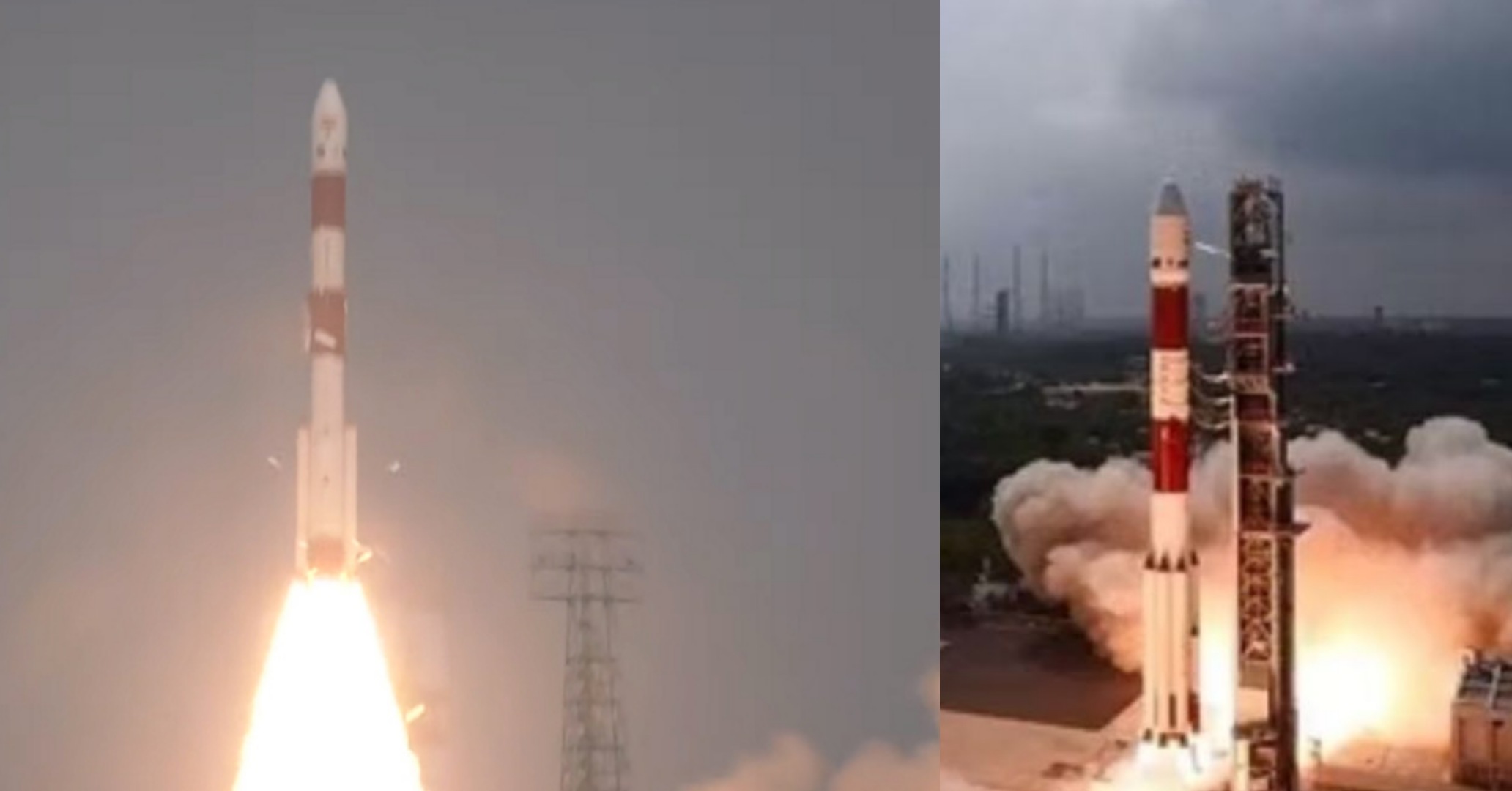
In a milestone achievement, ISRO (Indian Space Research Organisation) triumphantly launched its inaugural X-Ray Polarimeter Satellite, set to provide valuable insights into celestial entities, particularly black holes.
The Polar Satellite Launch Vehicle (PSLV) embarked on its C58 mission, flawlessly deploying the primary X-Ray Polarimeter satellite, XPoSat, into a 650 km Low Earth Orbit as planned. The launch occurred precisely at 9:10 am from the first launch pad in Sriharikota.
As the 25-hour countdown reached its conclusion, the 44.4-metre-tall rocket soared into the sky, eliciting thunderous applause from onlookers who gathered in significant numbers at the Sriharikota spaceport, located approximately 135 km east of Chennai.
XPoSat, the X-ray Polarimeter Satellite, is designed to explore the polarization of intense X-ray sources in space. This satellite marks ISRO’s maiden scientific satellite dedicated to conducting research in space-based polarisation measurements of X-ray emissions from celestial sources.
X-Ray polarisation stands as a pivotal diagnostic tool, enabling the examination of the radiation mechanism and geometry of celestial entities. The primary payload of XPoSat includes POLIX (Polarimeter Instrument in X-Rays) developed by the Raman Research Institute and XSPECT (X-ray Spectroscopy and Timing) constructed by the U R Rao Satellite Centre in Bengaluru. The mission’s expected lifespan is approximately five years.
ISRO is also gearing up to launch the joint venture satellite with NASA, named NISAR (NASA-ISRO Synthetic Aperture Radar), in the first quarter of 2024. With a budget of $1.5 billion (around Rs. 12,500 crore), NISAR is slated to be launched aboard India’s GSLV rocket. NISAR’s data will prove instrumental in studying land ecosystems, solid earth deformation, mountain and polar cryosphere, sea ice, and coastal oceans on both regional and global scales.
